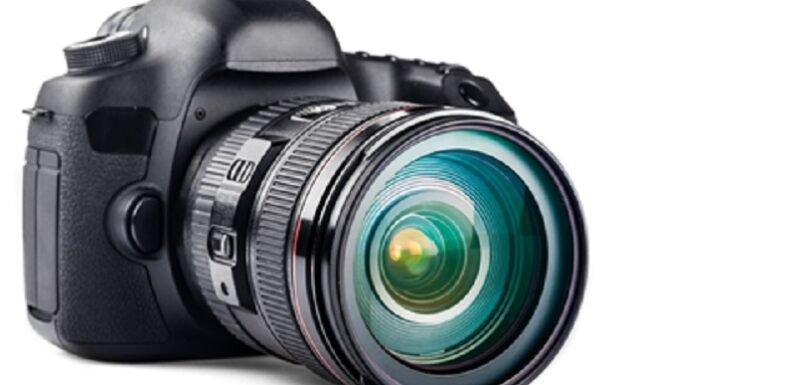
As a beginner photographer, you will hear or have already heard the term exposure triangle. It refers to the relationship between the three major aspects of photographic exposure, namely, Aperture, Shutter Speed, and ISO. Let’s discuss each of these aspects in detail.
Aperture
First is the Aperture. Aperture refers to the opening on a lens that allows light to pass through and reach the photographic sensor at the back of the camera. The size of the Aperture or the opening is variable and controlled by a series of diaphragm blades. Each lens is designed using proprietary technology, but by and larger, they’re the same. Some lenses have nine aperture blades, some more, and others fewer. The more the aperture diaphragm blades, the smoother the resulting Aperture. It also affects something else that you will come across later on – background blur.
Shutter Speed
Shutter speed is referred to the speed of the shutter curtain. How quickly they open and close to allow light to enter the camera. The faster the shutter speed, the quicker the shutter curtains open and close. You can control the shutter speed to control the amount of light that enters the camera. With a fast shutter speed, a camera collects only a little light. That’s what you would use when you’re shooting in broad daylight. You would use a fast shutter speed to avoid overexposure.
With a long shutter speed, you can capture light over a period of time. That has its advantages. Such as, when you’re shooting fireworks, you will set your camera to shoot at a slow shutter speed so that it can capture the exposure over time. This will allow the camera to capture the movement of the fireworks across the night sky.
This same technique is used for capturing waterfalls, seascapes, light trails, and other types of long trail photography.
Shutter speed can freeze motion in mid-air. That has its advantages as well. For example, when you’re photographing a soccer game and want to freeze the precise moment when a player scores a goal, you would like to use a fast shutter speed. You would like to use a fast shutter speed and a fast continuous shooting mode in this situation. i.e., you would want to capture a lot of frames.
ISO
ISO is the third parameter of the exposure triangle. It does not affect the amount of light that the camera captures. Instead, it is about what the camera does after capturing the light.
ISO refers to the sensitivity of the sensor to light. It can be compared to film speed. Like in the analog days when people used high-speed films such as ASA 400 and stuff so that they could shoot with a fast shutter speed, ISO determines the shutter speed. More is the sensitivity of the sensor to light higher is the shutter speed possible.
ISO, Shutter Speed, and Aperture have an inverse relationship. If you increase one of the parameters, you will have to decrease one of the other parameters or both to compensate.
Photographers! Sell your images on Planet Stock Photo.

